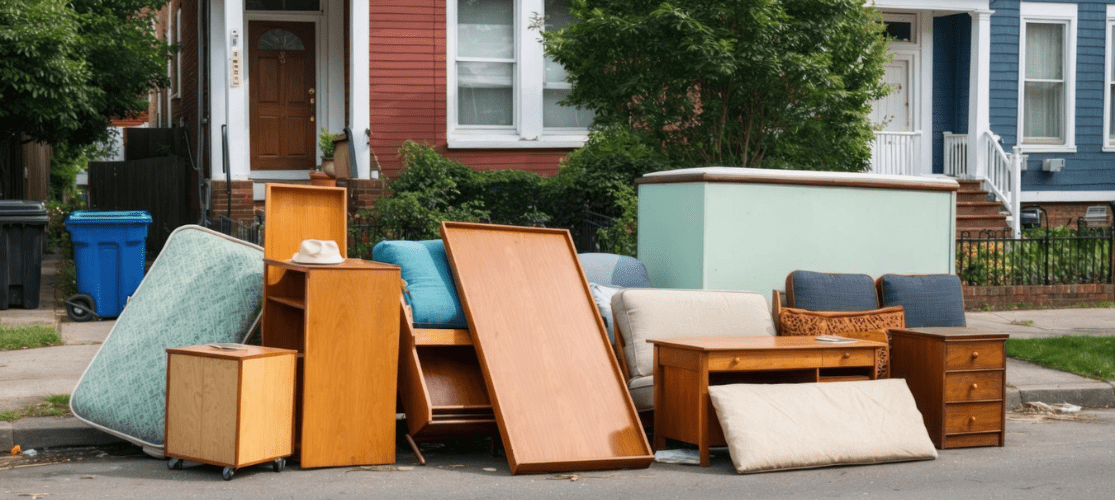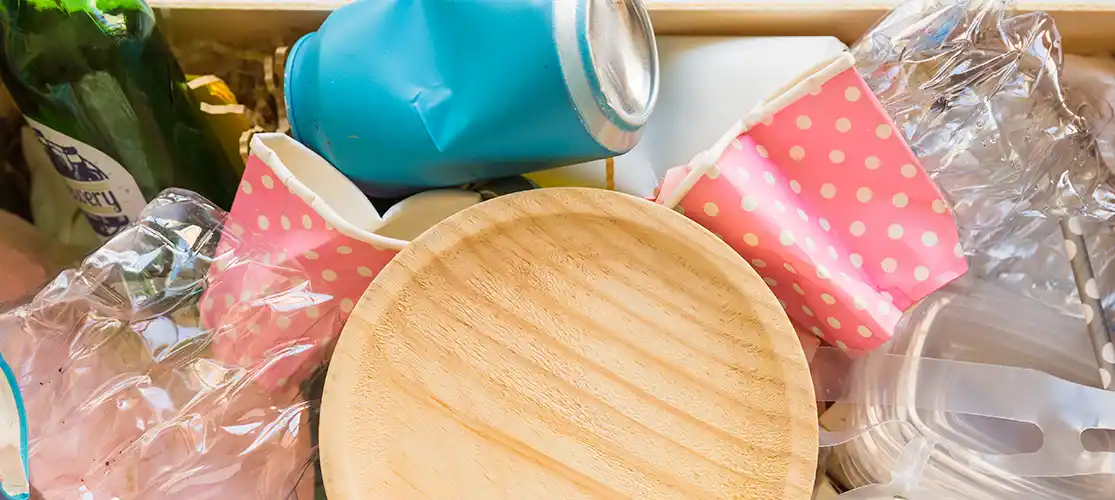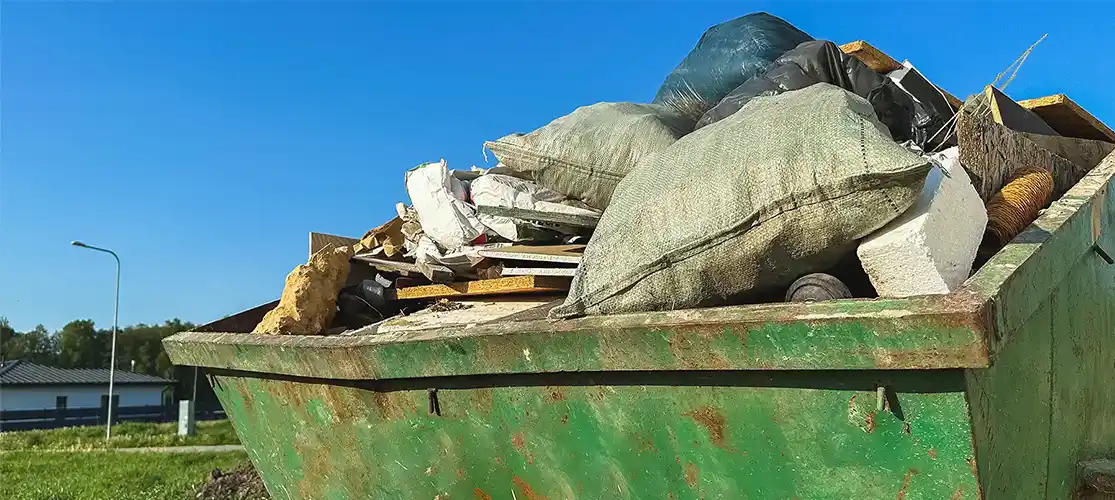Construction sites are busy, loud, and generate a lot of waste. Effectively disposing of construction waste is an important part of responsible construction practices. Enter: the humble skip. Cheap, large, and brightly coloured – if you enter a construction site, there’s a high chance that you’ll see a skip. In this article, we’ll explore the roles that skips play in removing construction waste onsite, promoting efficiency, safety, and environmental sustainability.
What is the role of a skip on the construction site?
Building sites are dirty. They are full of dust, debris and waste materials, such as concrete, bricks and wood. When not managed correctly, this waste can be an inconvenience to progress, and a danger to the workers onsite.
Skips allow non-hazardous waste to be collected and disposed of safely, meaning that construction sites are easier to keep clean, organised and safe for workers and visitors.
So, why are skips used on construction sites?
Now we know what skips are used for on building sites, we are now going to explore why you should be using skips – rather than other waste management solutions.
There are a number of reasons why most building sites use skips to dispose of their waste.
Volume and variety
As we’ve already mentioned, construction sites generate a large volume of mixed waste. Skips come in a range of different sizes, meaning that they are an ideal solution to disposing of large amounts of waste. Additionally, skips are able to hold most non-hazardous waste, so you won’t need multiple bins or trips to the tip to get rid of everything.
Efficient collection and transportation
It is easy to arrange the collection of your skip, so they are a strategic solution to a quick and efficient removal of the waste from the site. This means that there are no unnecessary delays in timelines while workers move the rubble themselves, or wait for grab wagons to remove it.
Reducing environmental impact through recycling
Skips are one of the most environmentally friendly ways of getting rid of your construction waste. Once removed from the site, the waste is sorted into allotted bins and is recycled to prevent further pollution.
As well as this, using a skip helps to reduce the need for DIY methods of waste management, like burning it, which can result in the release of hazardous fumes.
Opting for skips not only promotes environmentally responsible waste disposal, but also avoids practices that can contribute to air pollution and associated health risks.
Maintaining a Safe and Orderly Worksite
Safety is incredibly important on construction sites, and skips contribute to a safer working environment. By preventing the accumulation of waste in haphazard piles, skips help to reduce the risk of accidents and injuries.
As well as this, having a designated waste disposal system ensures that the worksite remains organised and clutter-free, enhancing overall safety and productivity.
How EJ Shanley can help
At EJ Shanley, we provide a selection of skips in various different sizes, allowing us to customise your waste management solutions to align with your unique requirements.
Not fully convinced that skips are the best choice for disposing of construction waste, we also offer a diverse range of alternative waste management services.
Contact us today, and let’s explore the perfect solution tailored to meet your specific demands.


